- Thu 19 November 2020
- news
- Norris Khoo
- #lego, #technics, #design
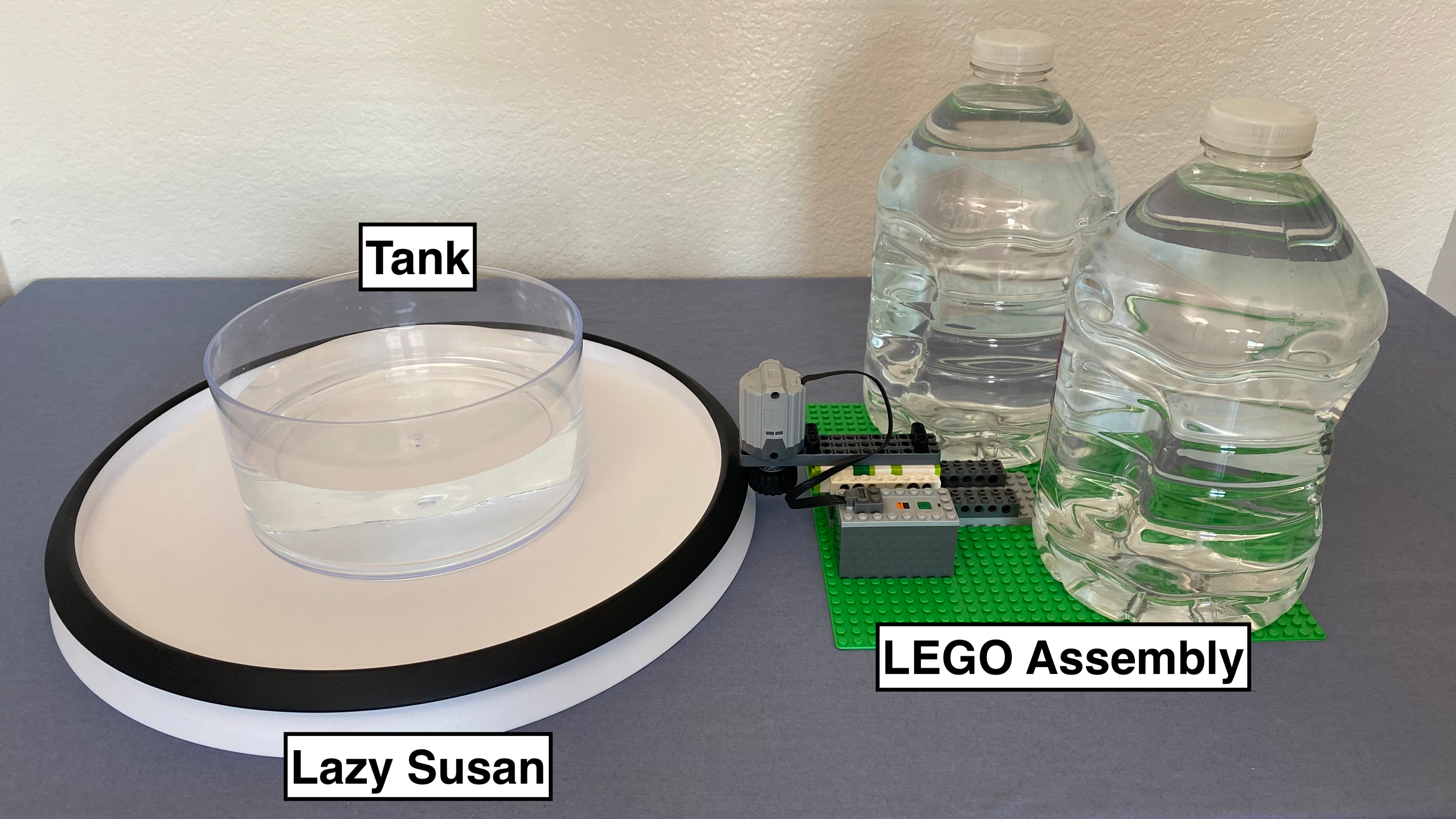
Introducing the Technics Table! As with the LEGO Table, the rotating tank platform consists of a LEGO assembly, turntable and tank. Hands-on demonstrations provide insight into the forces responsible for our (or other) planet’s weather, ocean currents, magnetic field and more!
What is an affordable yet effective way to build your own rotating tank platform? One of our answers is combining LEGOs and a kitchen turntable! From outreach events to classrooms, the LEGO Table provides opportunities for audiences of all ages to perform experiments start to finish themselves. The Do-It-Yourself approach encourages analytical thinking as teachers and students reason together in establishing a model and relating observations with the world around us. After its use in facilitating a diverse range of experiments, we have received feedback that the LEGO Table is an effective rotating tank platform but features several opportunities for improvement. Meanwhile, the DIYnamics community has been pushing the envelope on the capabilities of the LEGO Table necessitating a robust design to match.
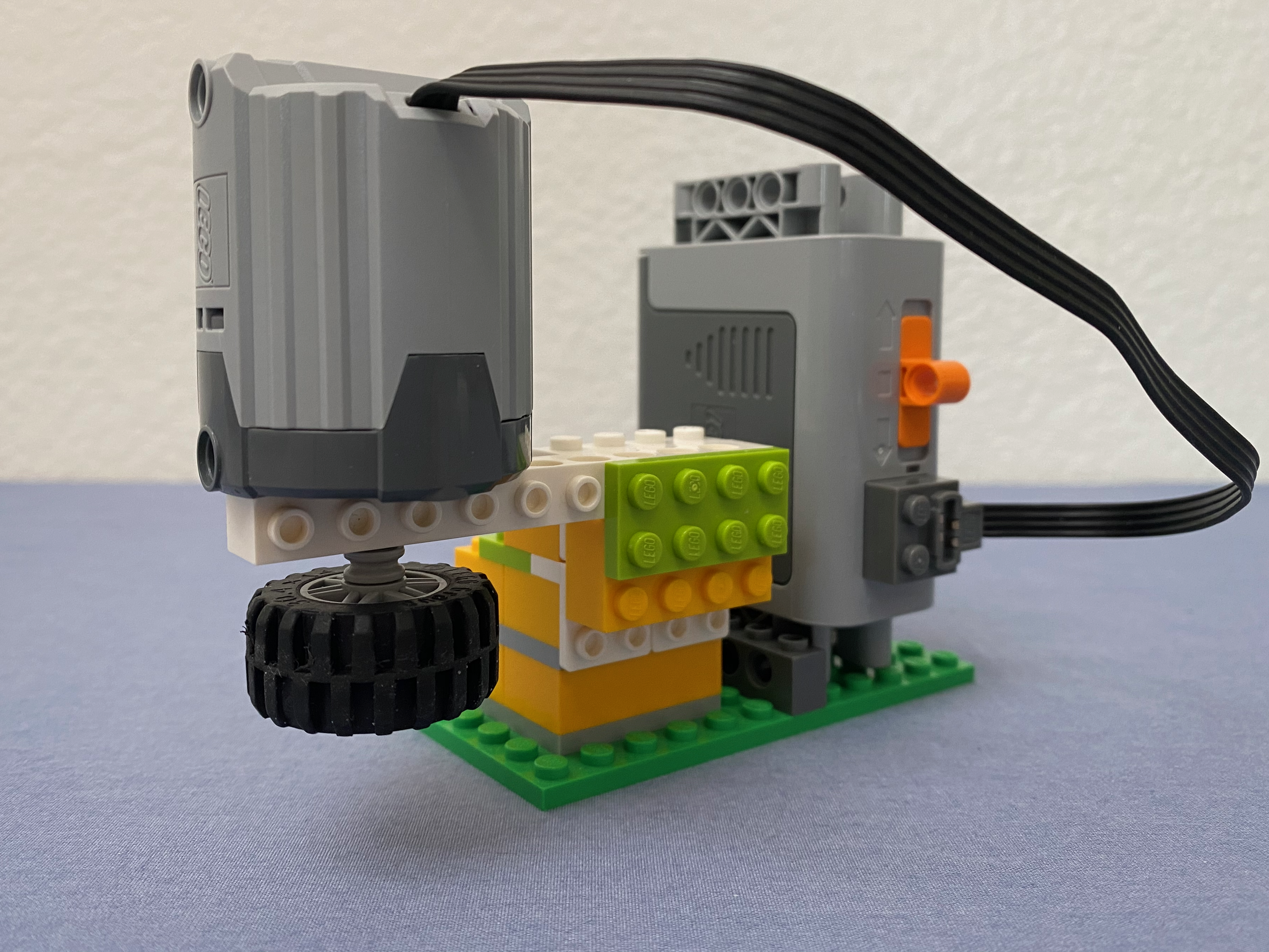
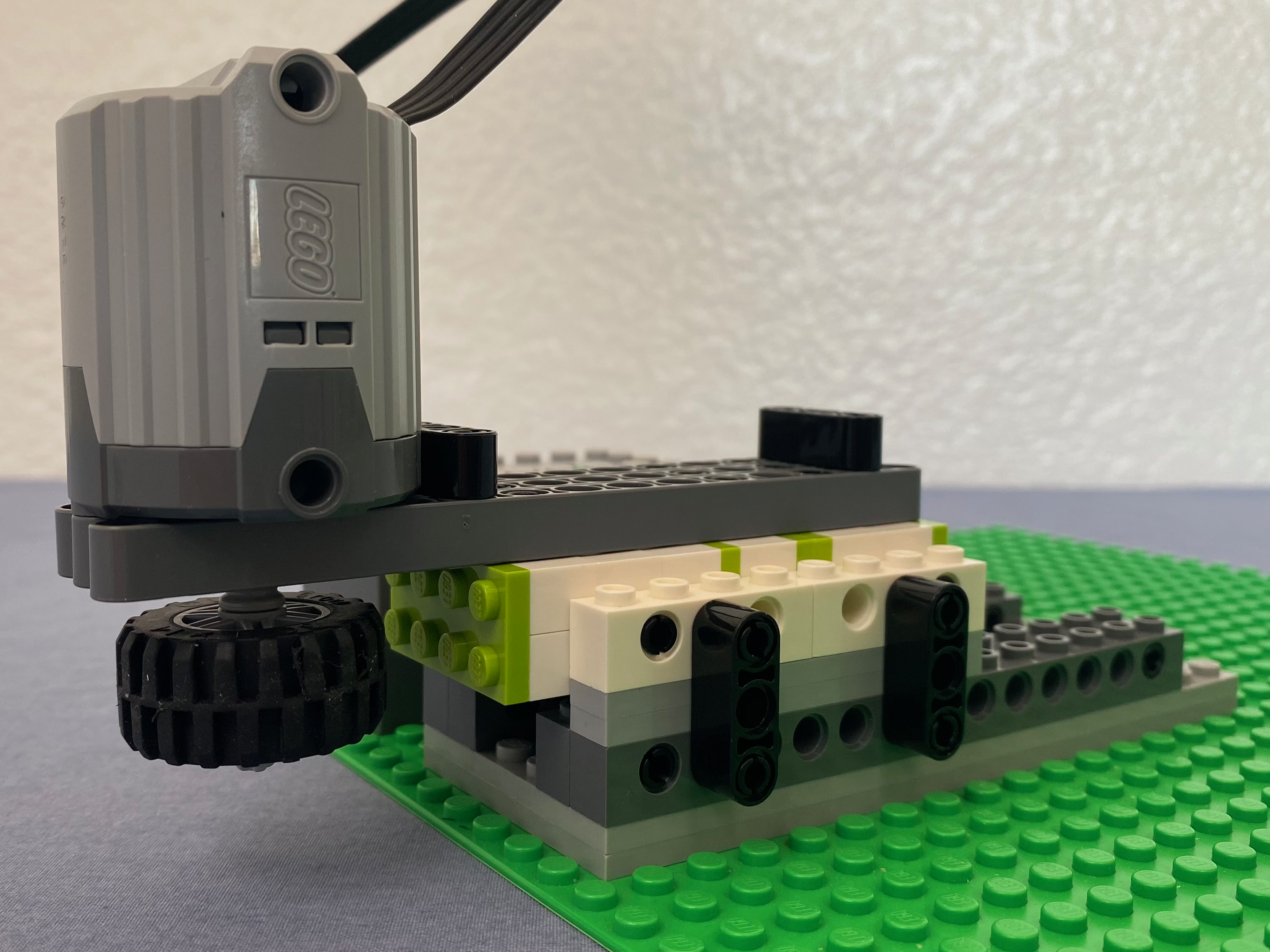
The LEGO Table (L) versus the Technics Table (R) LEGO assemblies. The modules serve as a mount for the motor, battery and drive wheel rotating the turntable. Between (L) and (R), the LEGO assembly has been upgraded to a beefier design for much improved consistency.
Here we introduce the Technics Table! The Technics Table draws its name from Technics pieces — a variant of LEGO pieces featuring interlocking beams and pins. Rather than reinventing the wheel, the Technics Table retains the core layout of the LEGO Table consisting of a LEGO assembly, turntable and tank. The second generation builds upon its predecessor by improving the sturdiness and stability of the system with changes to the LEGO assembly. The revamped LEGO assembly is constructed with Technics pieces and is built atop a broad baseplate. The Technics Table can be purchased in its entirety for $80 — only $25 more than the LEGO Table.


(L) The Technics Table LEGO assembly with arm detached. The new design utilizes Technics pieces and features a broad baseplate. Compared to traditional LEGO bricks, Technics beams and pins provide stronger connections difficult to pull apart. Instead of holding the LEGO assembly in place with a rubber slip pad, there is now ample room to place down weights (e.g. water bottles) to keep the module stationary and in contact with the turntable.
(R) The Technics Table was created and documented with the help of the LDraw family of LEGO CAD software. Bricksmith (pictured above) enables developing designs in a digital domain and LPub facilitates publishing designs to instructions.
The Technics Table has demonstrated itself to be a consistent rotating tank platform for driving experiments! Prior inconveniences with the LEGO Table, such as the arm falling off or the LEGO assembly shifting, have abated to non-issues. Although the Technics Table features a higher upfront cost compared to the LEGO Table, the new design enables users to depend on a consistent experience for each experiment.
The Lamont-Doherty Earth Observatory, home to Earth Sciences research at Columbia University, held an open house event in October 2020. We utilized the Technics Table to perform a variety of experiments illustrating the impact of planetary rotation on the fluid motions of our atmosphere, oceans and planetary interior.
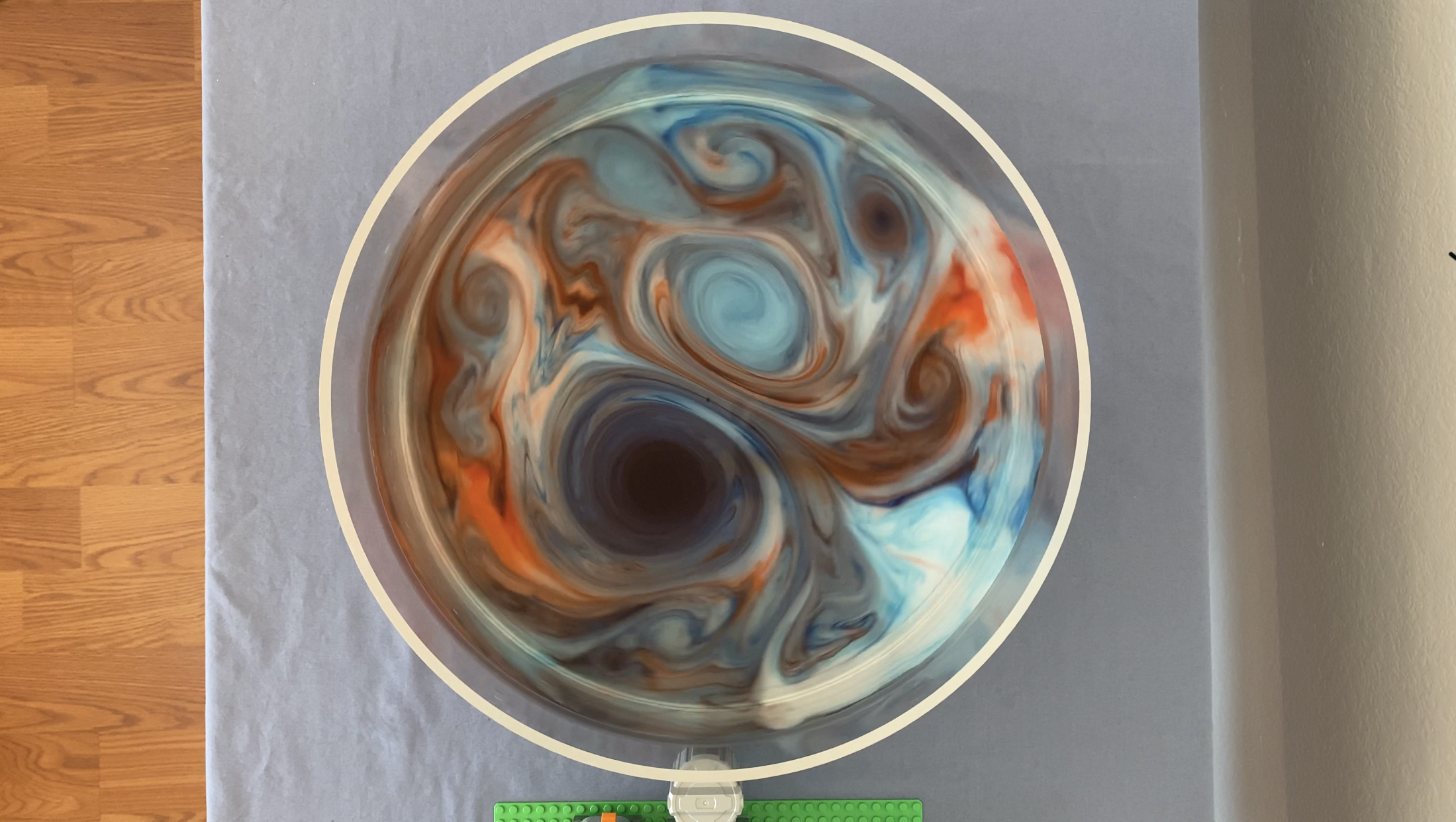
(U) Technics Table experimental results and (D) NASA Juno satellite image of Jupiter’s atmosphere. Turbulence and rotation interact to form circular structures known as eddies — fluid motions in the tank are analogous to storm systems such as Jupiter’s Great Red Spot.

In addition to the Technics Table, new developments include DIYnamics community driven add-ons that expand the utility of the LEGO-Based Tables! Visit the LEGO-Based Tables page here and our YouTube channel here for PDF and video guides on how to purchase, build and operate the Technics Table and add-ons.
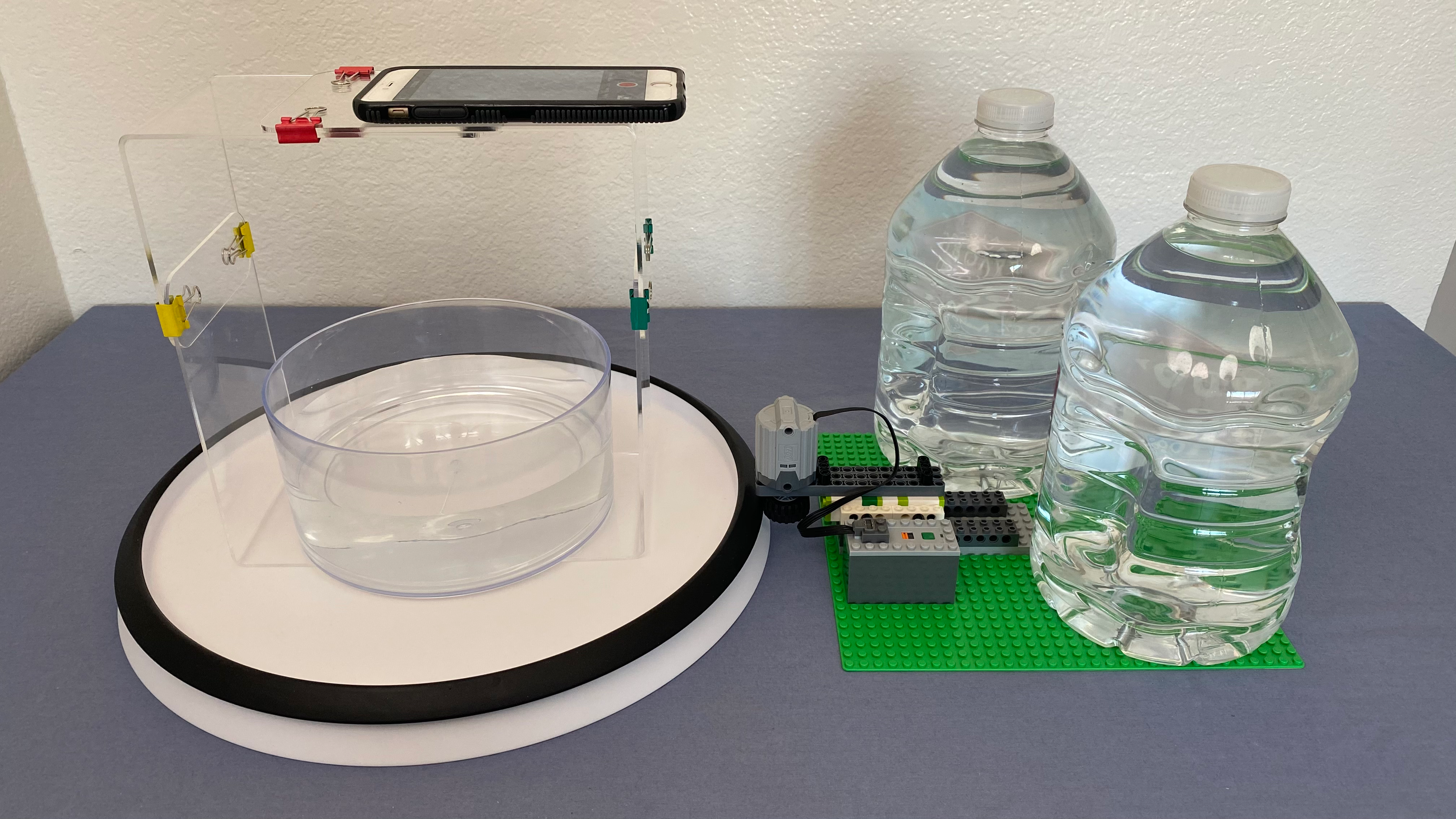

(L) The rotating frame camera mount provides the ability to mount a camera in the rotating frame — the perspective of an observer rotating in sync with the system. Capturing rotating frame footage is beneficial because it enables viewing fluid motions sans the visual effects of rotation. The rotating frame camera mount can be coupled with solutions like Zoom to livestream footage for real-time analysis. The design was developed by Marianna Linz.
(R) The external power supply provides the ability to power the LEGO-Based Tables with wall power instead of battery power. The adjustable voltage power adapter enables fine control over rotating rate — perfect for experiments like Taylor columns! The design was developed by Alex Gonzalez.

The sidewall tank provides an option for a tank of increased diameter and height. Using a larger tank expands the breadth and quality of experiments possible with the LEGO-Based Tables.
Visit the DIYnamics Kits page here to learn more about our other larger Do-It-Yourself rotating tank platforms — the DJ Table and the HT3 Table. If you are interested in sharing your experiences with the LEGO-Based Tables, feel free to contact us on Twitter at @DIYnamicsTeam or email at diynamicsteam@gmail.com.
